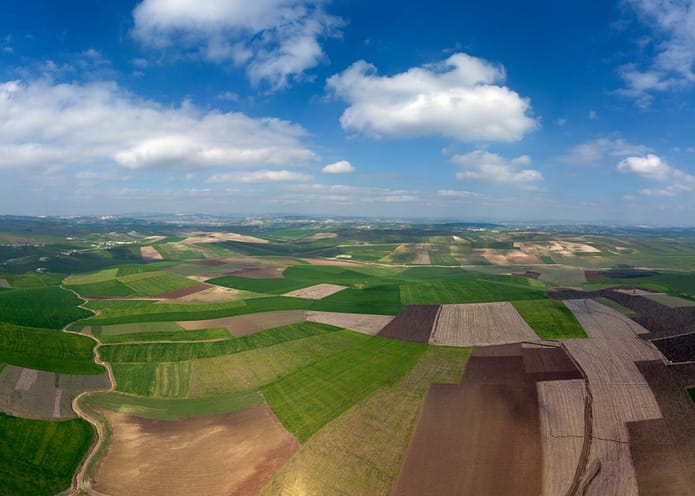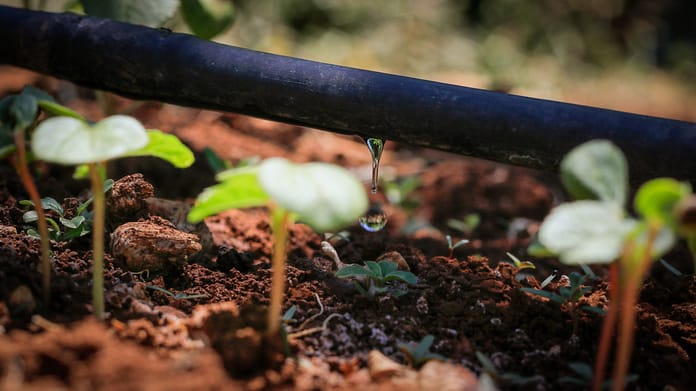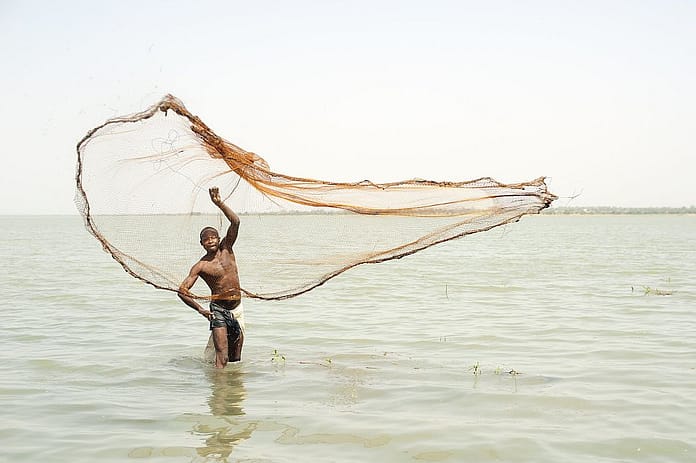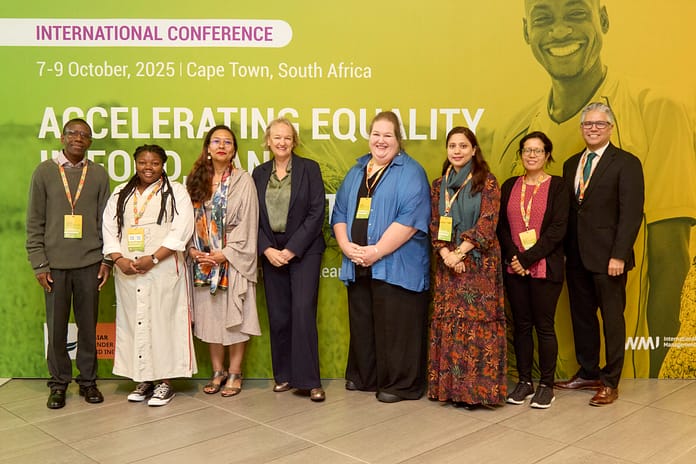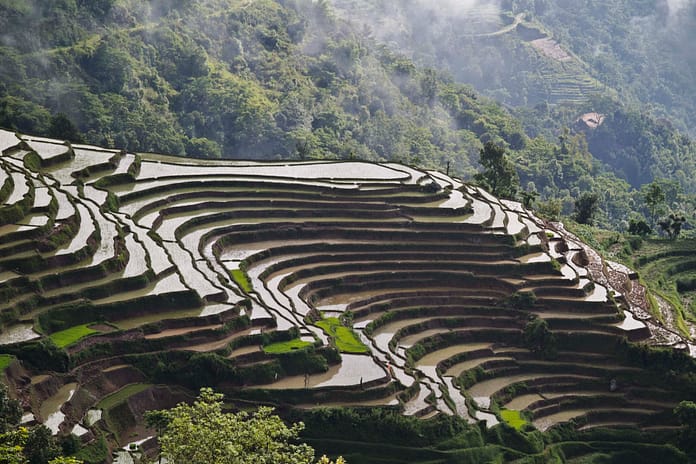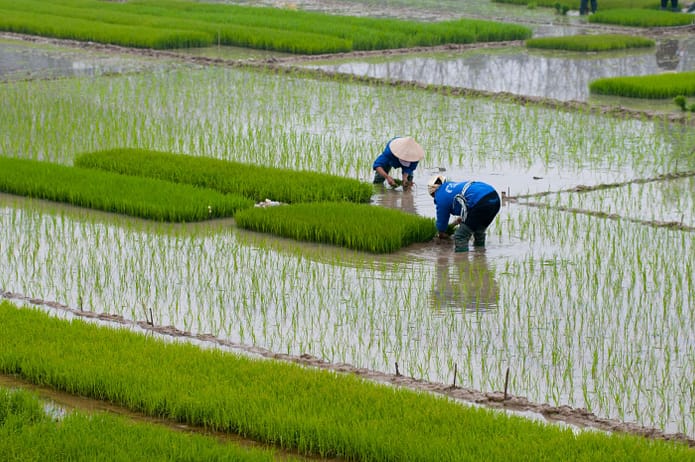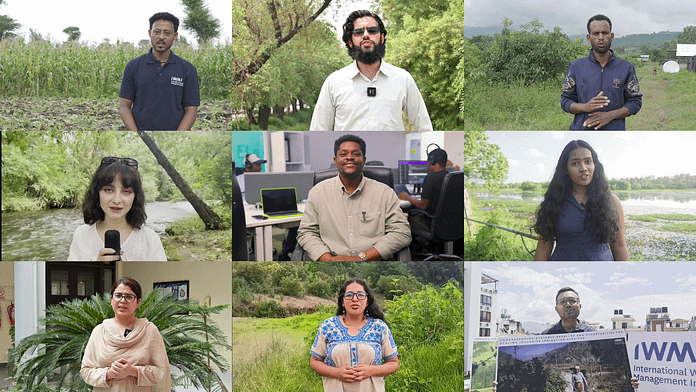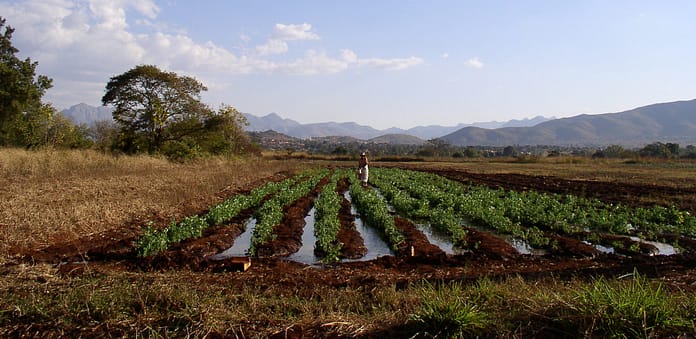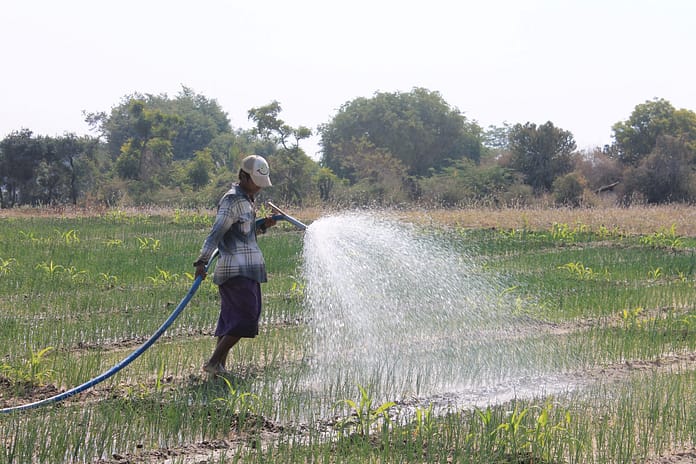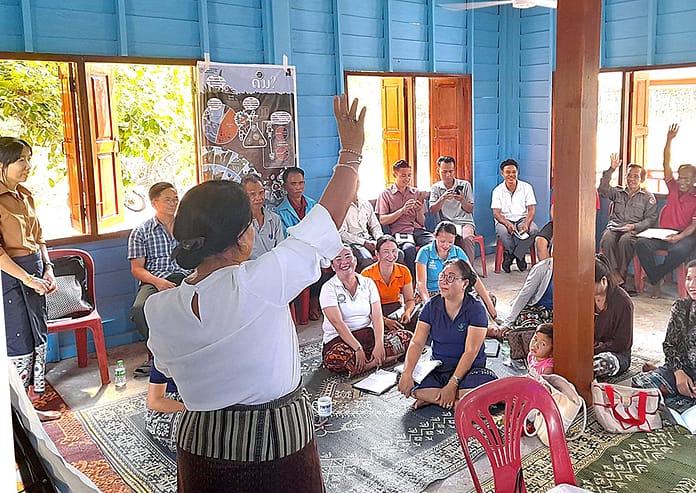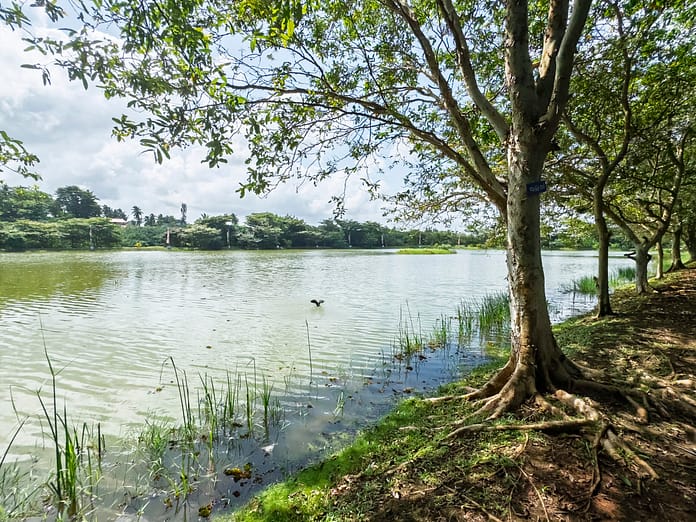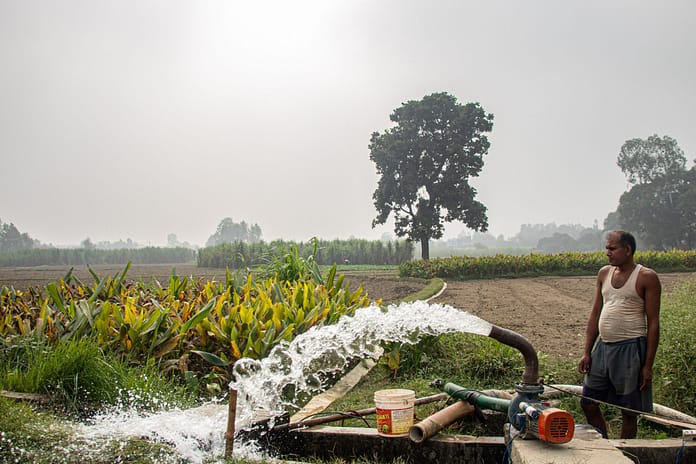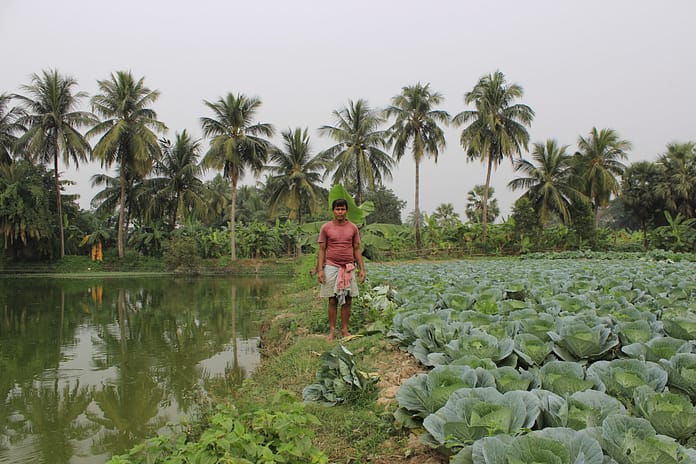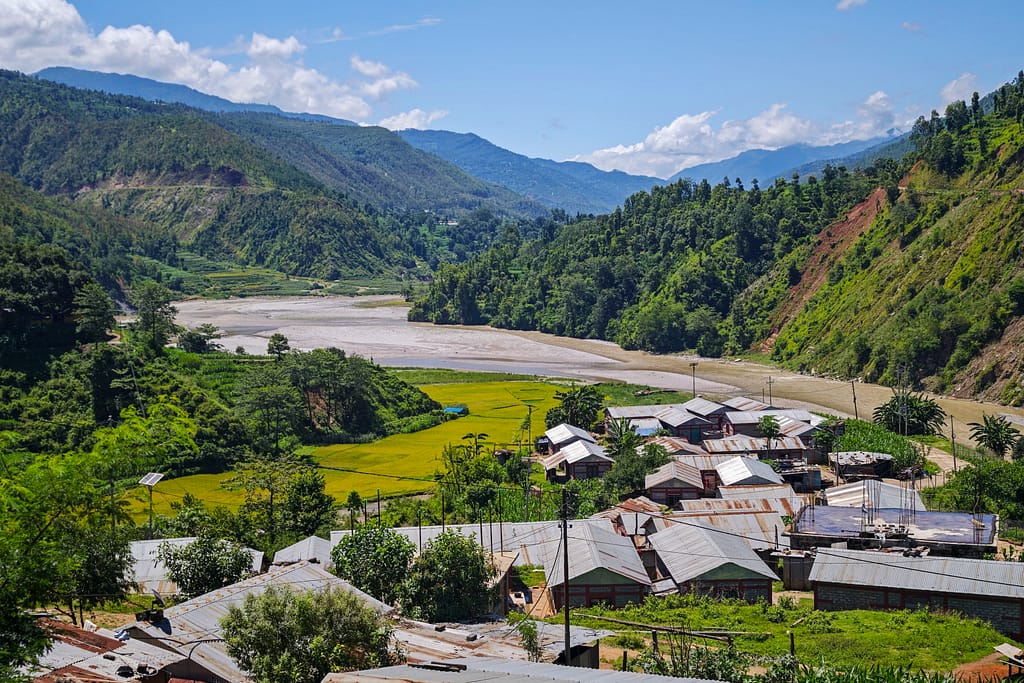
Flowing from the glacial slopes of Nepal’s mountains, the Indrawati River gathers tributaries and carves its path through valleys southward, both life-giving and devastating in its power. The Bisdeutar village in the Sindhupalchowk district lies just 100 meters above the river, perched on rugged slopes and home to 55 households of the Majhi people, a highly marginalized indigenous community.
Despite their proximity to such an abundant water resource, the Majhi villagers cannot harness the river’s flow due to the absence of infrastructure. Their upland fields, known locally as tar lands, survive solely on rainfall, restricting cultivation to six or seven months a year. Annually, seasonal floods sweep away the fertile lowlands near the river’s banks, intensifying the community’s struggle for basic sustenance.
Traditionally, the Majhi community has relied on fishing for their livelihoods — Majhi translates to fisherfolk in Nepali. But declining fish populations in recent years has forced a shift towards agriculture, placing greater strain on limited land and water resources. Unpredictable weather events such as delayed monsoons and droughts have become common, severely impacting crop yields.
Fetching water for basic daily needs has also been an exhausting ordeal for the people of Bisdeutar. The relentless task of carrying heavy jars of water uphill from the river diverts valuable time and energy. This limits opportunities for education, income generation and participation in community decision-making, especially for the women who are primarily responsible for domestic chores.
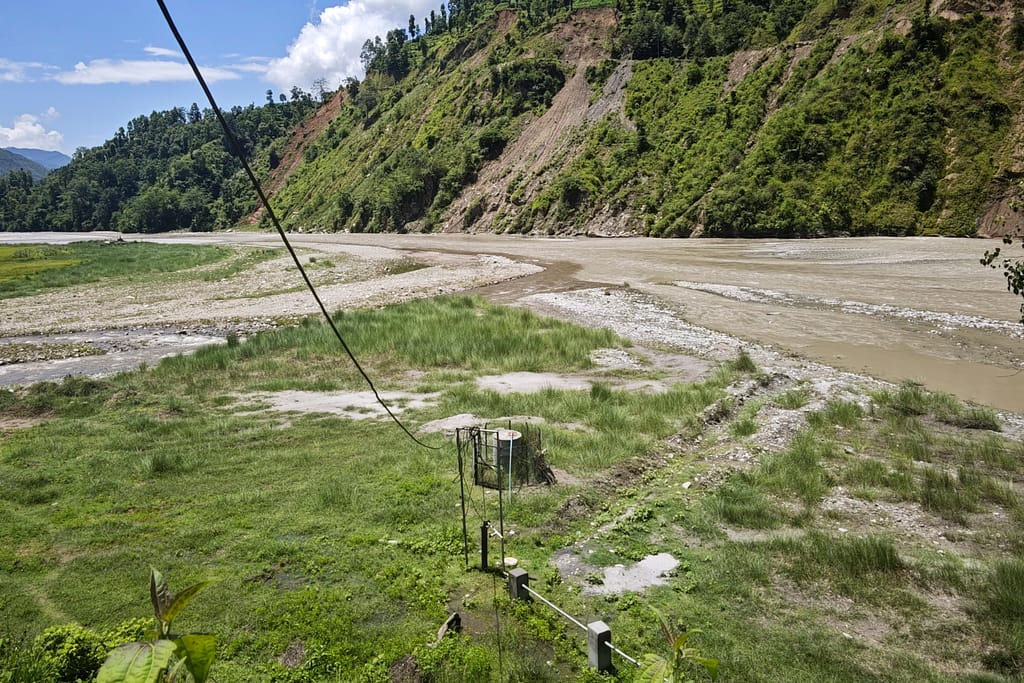
A comprehensive solution
In spring 2024, the International Water Management Institute (IWMI), in collaboration with the Indrawati Rural Municipality and a local NGO joined forces to lift the water into its slopes, unlock year-round cultivation and ensure supply of water to the people of Bisdeutar village. The innovative and integrated solution — a solar-powered multiple-use water system (Solar MUS) — offers hope to spur economic opportunities, stem the tide of youth migration and guarantee food security.
What began as an irrigation solution soon evolved into a comprehensive project that will enable the community to sustainably manage the system and ensure gender equity, inclusivity and local ownership.
In December 2024 the farmers were able to access irrigation water on the uplands for the first time. The Solar MUS is now pumping an average of over 45,000 liters of water every day from a water source near the river to the community’s farms and its eight communal taps.
A few farmers have since grown mustard, a new crop for the dry upland areas, and produced almost 300 kilograms of mustard seeds in April 2025. A farmer jubilantly shared, “This year, I will not have to buy cooking oil for six months.” Similar testimonies acknowledge that this is the first time cultivation is happening in the dry season (December-April) in the village.
What’s more, women spend less time on fetching water and can tend to livestock and kitchen gardens. One woman shared, “I have started a kitchen garden where I am cultivating brinjal and other leafy vegetables.”
The reliable access to water has encouraged farmers to consider commercial farming. The youth of Bisdeutar are also now hopeful, showing an interest in mushroom farming, beekeeping and growing other cash crops. To support such agricultural development, IWMI, in collaboration with the municipality, trained community members on efficient water use techniques, conservation agriculture, mulching and accessing government subsidies.
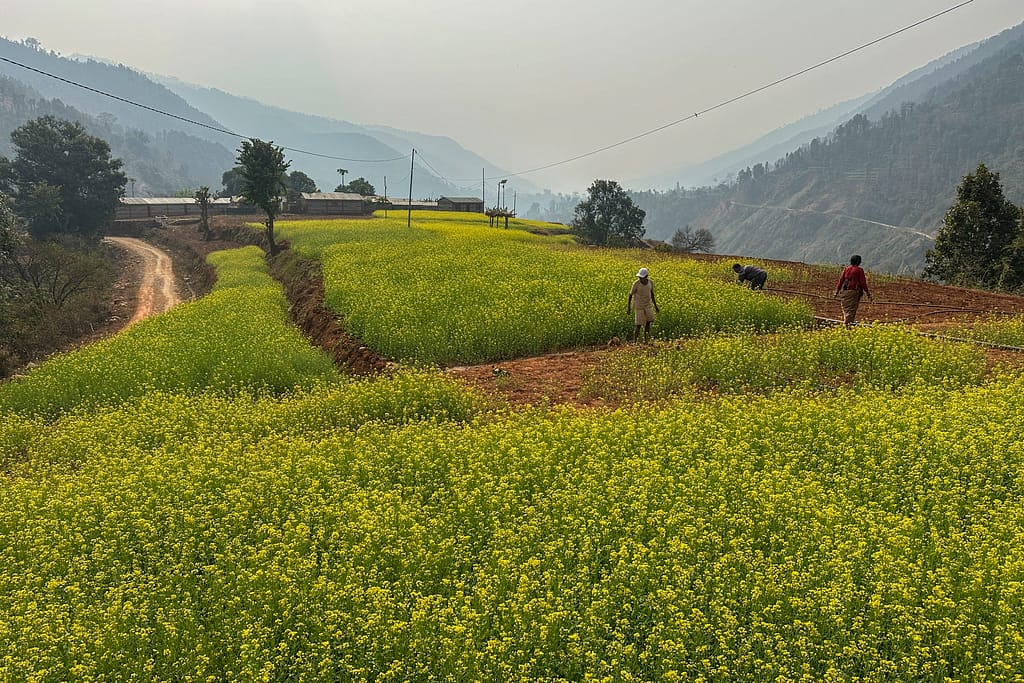
Sustainability, long-term impact and scaling
IWMI’s partner NGO in Bisdeutar, the Community Development and Environment Conservation Forum (CDECF), helped facilitate the formation of a water users committee. An operation and maintenance fund was set up with an initial contribution of around 40% each from IWMI and the Indrawati municipality, and around 20% from the committee. The fund allows to replace expensive components like pumps and controllers. Committee members were trained in basic operation and maintenance of the system.
IWMI is currently partnering with the local government to facilitate grid integration to increase pumping hours. This grid integration would ensure that water is available even during days when there is no sunshine, and the volume of water supply would double to over 90,000 liters of water daily. This will significantly increase the area of irrigation and provide the option for farmers to cultivate more water-intensive high-value crops.
To ensure sustainability, IWMI is working with partners to further invest in pipelines that distribute water to farmlands and a water filtration system for drinking water to fully realize the Nepal Government’s initiative ‘Ek Ghar, Ek Dhara’ (One House, One Tap). IWMI will continue to strengthen community ownership and to make the MUS more efficient, beneficial and essential to the community.
There is a high demand for water-lifting projects in Nepal’s hills. IWMI aims to study this site as a pilot to explore the development of a scalable and sustainable business model that would integrate multiple uses of water and energy. With the support from government agencies, development partners and private sector actors, and the commitment from the Indrawati municipality chair to replicate MUS projects beyond Bisdeutar, there is a real chance to empower other marginalized communities in Nepal’s mid-hills.


